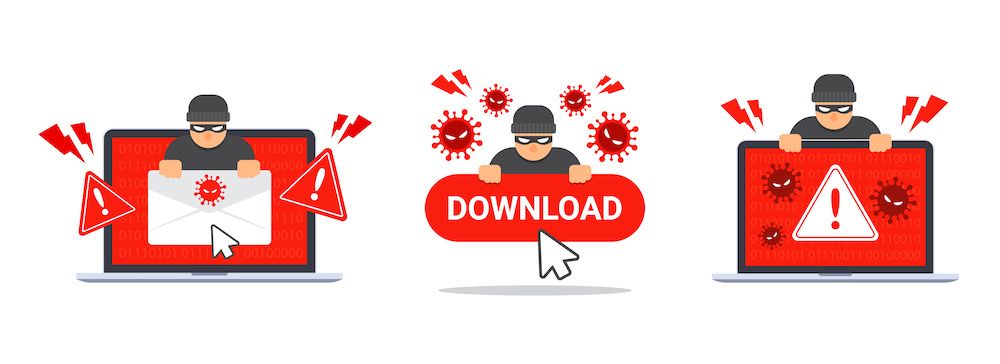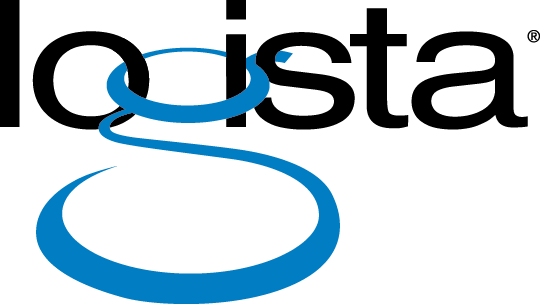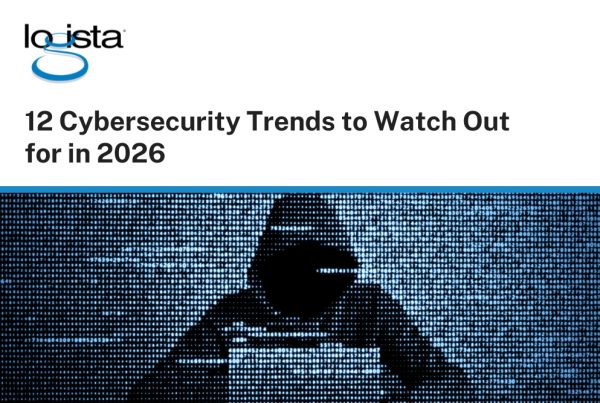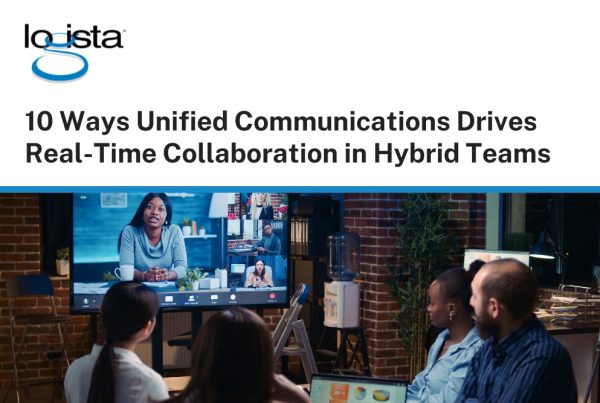Did you know that approximately 560,000 new pieces of malware are detected every day?
Malware represents a significant cyber threat to businesses and individuals alike. This insidious form of software is designed with nefarious intent, ranging from stealing sensitive data to causing irreversible damage to computer systems. Read on to learn more about malware and how to protect your business.

What Is Malware?
Malware encompasses a broad spectrum of harmful software designed to infiltrate computer systems and execute malicious actions without the user’s consent. This includes various types such as viruses, worms, trojans, ransomware, spyware, and adware. Each type of malware operates differently, with some aiming to corrupt or delete files, while others strive to monitor activities and steal confidential information. The clandestine nature of malware often makes it challenging to detect and remove, posing a significant threat to business operations and data security.
The Impact of Malware on Businesses
For businesses, falling victim to a malware attack can have far-reaching consequences. Beyond the potential financial losses resulting from system downtime and data breaches, the reputational damage caused by a successful malware attack can be substantial. Moreover, the risk of legal liabilities arising from compromised customer data further compounds the impact of malware on business sustainability and growth.
Protecting Your Business from Malware
1. Educate Your Staff: Implement thorough training programs to raise awareness about the different forms of malware and how they can infiltrate the organization’s systems. Encouraging employees to exercise caution when clicking on links or downloading attachments can significantly reduce the risk of malware infiltration.
2. Deploy Antivirus Software: Investing in robust antivirus and anti-malware solutions is an important step for safeguarding your business infrastructure. These tools can detect and neutralize threats before they escalate, providing a crucial line of defense against evolving malware tactics.
3. Regular Software Updates: Ensuring that all software and operating systems are kept up to date with the latest security patches and fixes is vital in mitigating vulnerabilities that malware often exploits.
4. Implement Access Controls: Limiting access to sensitive data and network resources based on job roles and responsibilities can minimize the potential impact of a malware attack. This approach reduces the likelihood of unauthorized access and data exfiltration.

5. Data Backup and Recovery Plans: Establishing routine data backup procedures and comprehensive recovery plans can mitigate the impact of a malware attack. Regular backups ensure that critical business data can be restored in the event of a successful breach.
6. Network and Email Security: Deploying firewalls, spam filters, and email encryption protocols can fortify your business against malware attacks originating from malicious websites and phishing attempts.
7. Incident Response Plan: Developing a detailed incident response plan that outlines the steps to be taken in the event of a malware attack is crucial. This plan should include protocols for containment, investigation, eradication, and recovery.
Malware presents a persistent and evolving threat to businesses, necessitating proactive measures to protect against its effects. By prioritizing employee education, deploying advanced security solutions, and establishing comprehensive recovery plans, businesses can boost their defenses and mitigate the risks associated with malware attacks. Maintaining a robust cybersecurity posture is essential in safeguarding business continuity and upholding customer trust in an increasingly digitized world.
About Logista Solutions
Logista Solutions is a nationally recognized leader in a broad range of technology management solutions. As one of the largest technology support providers in the U.S., Logista provides innovative and holistic solutions to help companies take control of their IT infrastructure and achieve better business outcomes. Popular services include Managed IT as a Service, VoIP and Unified Communications, Managed Print, Cloud Services and Asset Disposition.




